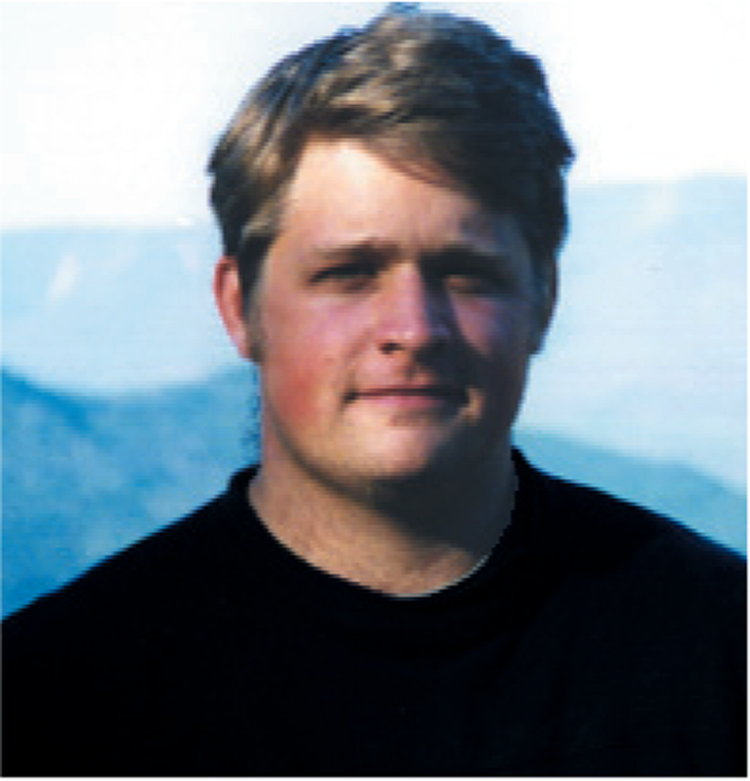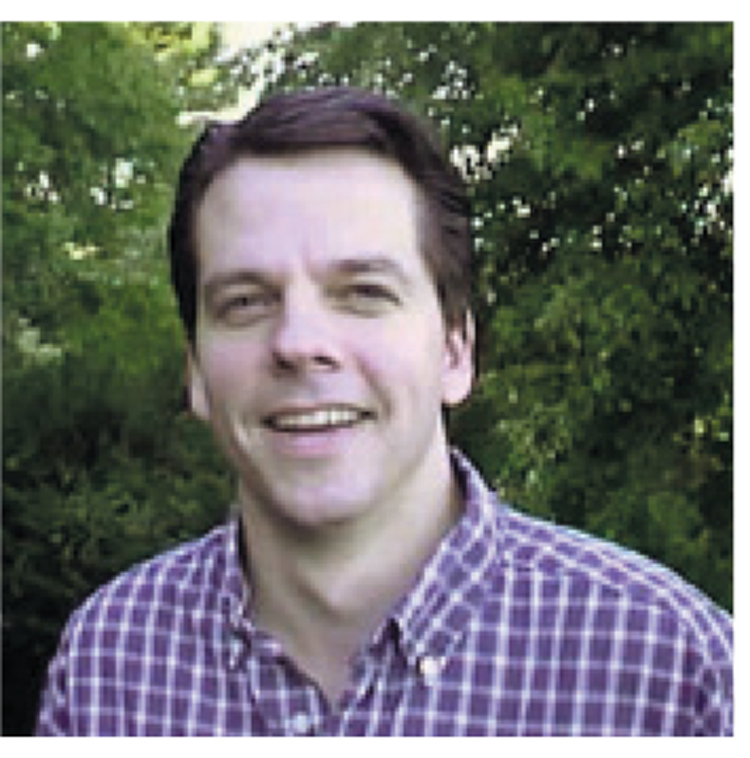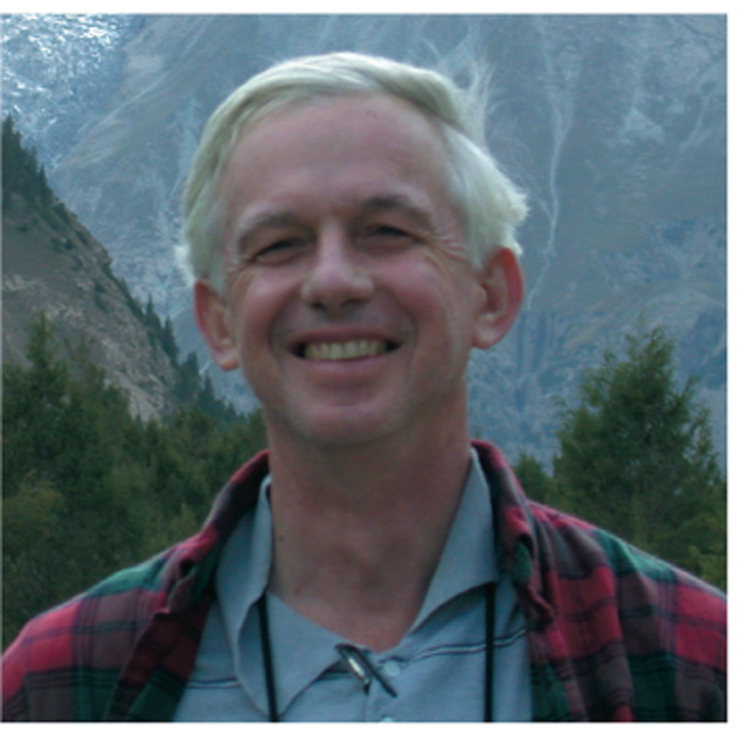About This Item
- Full TextFull Text(subscription required)
- Pay-Per-View PurchasePay-Per-View
Purchase Options Explain
Share This Item
The AAPG/Datapages Combined Publications Database
AAPG Special Volumes
Abstract
AAPG Studies in Geology #53 : Seismic
Interpretation of Contractional  Fault
Fault -Related Folds, An AAPG Seismic
Atlas
-Related Folds, An AAPG Seismic
Atlas , edited
by John H. Shaw, Christopher D. Connors and John Suppe , 2005 . Pages 1 -59 .
 Fault
Fault -Related Folds, An AAPG Seismic
Atlas
-Related Folds, An AAPG Seismic
AtlasAAPG Studies in Geology No.53 - Part 1: Structural Interpretation
Methods
John H. Shaw, Christopher D. Connors, and John Suppe
About the Editors
 John H. Shaw is the Harry C. Dudley Professor of Structural and Economic Geology at Harvard
University, and leads an active research program in structural geology and
geophysics, with emphasis on petroleum exploration and production methods.
He received a Ph.D. from Princeton University in structural geology and applied
geophysics, and was employed as a senior research geoscientist at Texaco’s
Exploration and Production Technology Department in Houston, Texas. Shaw’s
research interests include complex trap and reservoir characterization in
fold and thrust belts and deepwater passive margins. He heads the Structural
Geology and Earth Resources Program at Harvard, an industry-academic consortium
that supports student research in petroleum systems.
John H. Shaw is the Harry C. Dudley Professor of Structural and Economic Geology at Harvard
University, and leads an active research program in structural geology and
geophysics, with emphasis on petroleum exploration and production methods.
He received a Ph.D. from Princeton University in structural geology and applied
geophysics, and was employed as a senior research geoscientist at Texaco’s
Exploration and Production Technology Department in Houston, Texas. Shaw’s
research interests include complex trap and reservoir characterization in
fold and thrust belts and deepwater passive margins. He heads the Structural
Geology and Earth Resources Program at Harvard, an industry-academic consortium
that supports student research in petroleum systems.
 Christopher Connors is an assistant professor in structural geology and geophysics at Washington & Lee University. Before coming to Washington & Lee he worked at Texaco Exploration as a structural geologist and seismic interpreter
contributing to exploration efforts throughout the world. He earned a B.S.
from Penn State University, a M.S. from the University of Pittsburgh, and
a M.A. and Ph.D. from Princeton University. His current research interests
are in forward and inverse modeling of
Christopher Connors is an assistant professor in structural geology and geophysics at Washington & Lee University. Before coming to Washington & Lee he worked at Texaco Exploration as a structural geologist and seismic interpreter
contributing to exploration efforts throughout the world. He earned a B.S.
from Penn State University, a M.S. from the University of Pittsburgh, and
a M.A. and Ph.D. from Princeton University. His current research interests
are in forward and inverse modeling of  fault
fault -related folding, seismic interpretation
of complex structures, and the development of growth strata associated with
-related folding, seismic interpretation
of complex structures, and the development of growth strata associated with
 fault
fault -related folding.
-related folding.
 John Suppe is Blair Professor of Geology at Princeton University and is a member of the U. S. National Academy of Sciences. Since 1978 he and his students have been at the forefront of research on
John Suppe is Blair Professor of Geology at Princeton University and is a member of the U. S. National Academy of Sciences. Since 1978 he and his students have been at the forefront of research on  fault
fault -related folding in cooperation with many petroleum companies, including Texaco, Chinese Petroleum Corporation, and PetroChina. The photo is taken in the field in western China where he is currently studying active growth of petroleum anticlines in the Tarim and Jungaar basins.
-related folding in cooperation with many petroleum companies, including Texaco, Chinese Petroleum Corporation, and PetroChina. The photo is taken in the field in western China where he is currently studying active growth of petroleum anticlines in the Tarim and Jungaar basins.
Acknowledgments
This AAPG Atlas is a product of long-standing research partnerships between industry and academia. ChevronTexaco, Arco, Unocal, ExxonMobil, Shell, Ecopetrol, PDVSA, CNPC (PetroChina), and other companies have supported the development of  fault
fault -related folding concepts at Princeton and Harvard Universities for more than two decades. We offer special thanks to the scientists at these companies that have participated in these collaborations, including Frank Bilotti, Peter Brennan, George Chou, Ronald Cupich, Joyce Evans, Stephen Hook, Elizabeth Harvey, Gunvor Kristiansen, Alfred Lacazette, Steve McDougall, Donald Medwedeff, Shankar Mitra, Van Mount, Wayne Narr, Rafael Ramirez, Robert K. Sawyer, Tai Shih, Ted Snedden, Richard W. Wiener, and Sherilyn Williams-Stroud.
-related folding concepts at Princeton and Harvard Universities for more than two decades. We offer special thanks to the scientists at these companies that have participated in these collaborations, including Frank Bilotti, Peter Brennan, George Chou, Ronald Cupich, Joyce Evans, Stephen Hook, Elizabeth Harvey, Gunvor Kristiansen, Alfred Lacazette, Steve McDougall, Donald Medwedeff, Shankar Mitra, Van Mount, Wayne Narr, Rafael Ramirez, Robert K. Sawyer, Tai Shih, Ted Snedden, Richard W. Wiener, and Sherilyn Williams-Stroud.
Many individuals at the Universities have contributed to the science of  fault
fault -related folding, and most of these researchers appear in citations and as Case Study authors in Part 2 of this Atlas. The authors wish to extend special acknowledgments to the following current and former graduate students and researchers at Princeton and Harvard Universities, who have contributed to these efforts, including Frank Bilotti, Richard Bischke, Freddy Corredor, Gregg Erikson, Paul Genovese, Chris Guzofski, Stuart Hardy, Aurelia Hubert-Ferrari, Pablo Kraemer, Jay Lieske, Donald Medwedeff, Jon Mosar, Van Mount, Karl Mueller, Jay Namson, Wayne Narr, Enrique Novoa, Andreas Plesch, Carlos Rivero, Delphine Rouby, Luther Strayer, M. Peter Süss, Xin Wang, and Hongbin Xiao.
-related folding, and most of these researchers appear in citations and as Case Study authors in Part 2 of this Atlas. The authors wish to extend special acknowledgments to the following current and former graduate students and researchers at Princeton and Harvard Universities, who have contributed to these efforts, including Frank Bilotti, Richard Bischke, Freddy Corredor, Gregg Erikson, Paul Genovese, Chris Guzofski, Stuart Hardy, Aurelia Hubert-Ferrari, Pablo Kraemer, Jay Lieske, Donald Medwedeff, Jon Mosar, Van Mount, Karl Mueller, Jay Namson, Wayne Narr, Enrique Novoa, Andreas Plesch, Carlos Rivero, Delphine Rouby, Luther Strayer, M. Peter Süss, Xin Wang, and Hongbin Xiao.
We also acknowledge the support of Landmark Graphic Corporation, which has generously provided Harvard University with seismic reflection processing and interpretation software that was used for the analysis and presentation of many datasets in the Atlas. Through provision of software, Landmark, Schlumberger, Karl Thompson & Associates, MicroSeismic Technologies, and Paradigm also facilitated the use of these datasets in research and teaching, and the exchange of results with our industry sponsors. We also sincerely thank Texaco Inc., Veritas, Mabone Ltd., PetroChina, and the many other companies that have allowed the presentation of their data.
The Atlas benefited from very helpful reviews by Richard Allmendinger, Peter Brennan, Stephen C. Hook, Alfred Lacazette, and Thomas Pratt.
Finally, the most practical and perhaps exciting aspect of developing  fault
fault -related fold concepts has been their application and testing in petroleum exploration and production projects. For this opportunity, their friendship, and their critical support as we began the Atlas, the authors extend their most sincere appreciation to Peter Brennan, John (Jack) Carnes, Stephen C. Hook, and Geoffrey Newton.
-related fold concepts has been their application and testing in petroleum exploration and production projects. For this opportunity, their friendship, and their critical support as we began the Atlas, the authors extend their most sincere appreciation to Peter Brennan, John (Jack) Carnes, Stephen C. Hook, and Geoffrey Newton.
Introduction
View the First Page
A text abstract of this article is not available. The first page of the PDF appears below.
You may download the first page as a PDF.
Pay-Per-View Purchase Options
The article is available through a document delivery service. Explain these Purchase Options.
| Watermarked PDF Document: $16 | |
| Open PDF Document: $28 |
